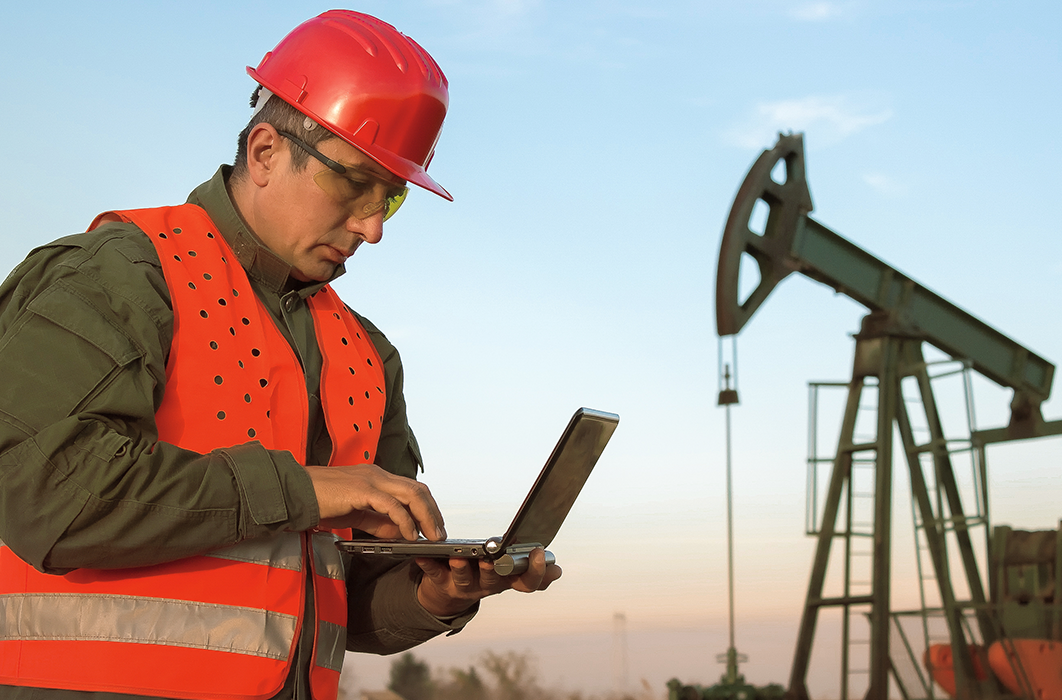Predictive maintenance for oil well pumps
By building a custom data collection system, Tryolabs set the foundation for predictive maintenance of machinery, which was leveraged in a second stage of the project.
Performance and production automatically monitoring
Halliburton is one of the world's largest providers in the energy industry. With around 60,000 employees in more than 80 countries, it helps its customers maximize value throughout the lifecycle of the reservoir. We partnered with them to implement a monitoring system for their oil pumps located across the United States.
Want to learn more about predictive analytics?
Discover our approach
We implemented a solution using IoT devices attached to the already existing equipment, which allowed us to collect, analyze and later visualize data.
Data collection
We developed a scalable system for autonomously collecting data from oil well pumps, where Internet connectivity is often very limited. An IoT device was installed to collect this data.
The solution includes two control systems: one is placed in the oil field to gather data and the other is carried by a technician working in the field. After an evaluation phase, we chose to implement ARM devices, given their suitability for the extreme climatic conditions that are present in the desert or arctic. The two systems, when in proximity to each other, connect and initiate a protocol to transfer the data gathered. Modbus is used to collect measurements from pumps and MQTT for transmitting them between the control systems. The data is then uploaded to a SCADA system where it is stored and analyzed.
Interested in predictive maintenance?
© 2025. All rights reserved.

